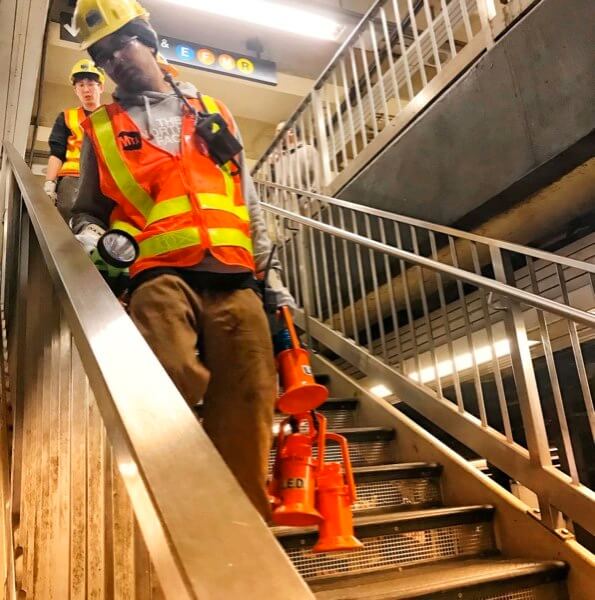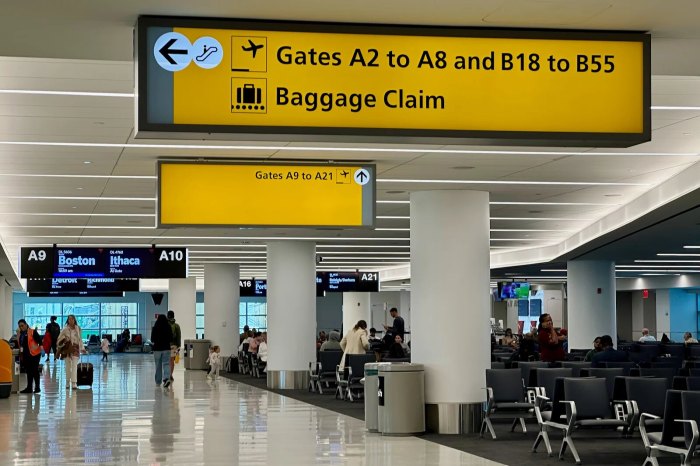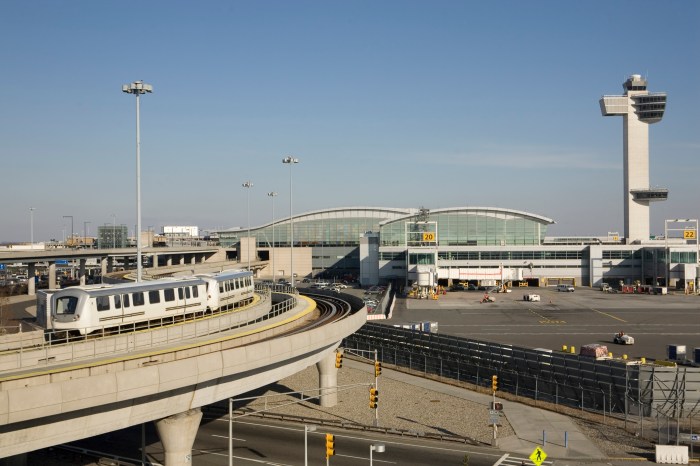By Mark Hallum
City Comptroller Scott Stringer issued a report on the subways that shows how the agency has failed to adjust to the needs of a modern city where residents no longer abide by the 9-to-5 workday.
Since 2010, ridership between 5 a.m. and 7 a.m. began to rise with little response from the MTA to accommodate straphangers in the growing health-care, hospitality, retail, food services, and entertainment industries, according to Stringer.
While the traditional peak hours have become increasingly overcrowded, those working outside the 9-to-5 routine have been left with sparse train service, the report said.
“During rush hour, we’re packed into subway cars like sardines. But outside traditional 9-to-5 travel, off-peak service is fundamentally failing to meet demand. It’s a crisis within a crisis, because over the past decade, the nature of our economy has changed and ridership late nights and early mornings has risen while actual service to match it has not. That means that those who need service to get to work during non-traditional hours are stuck with a crisis not of overcrowding, but of infrequency,” Stringer said.
These types of jobs comprise about 40 percent of private sector employment, according to the report, a 57 percent increase over the past decade while the state agency still runs 60 percent fewer trains during the hours most utilized by these demographics.
In 1985, about half of subway ridership into Manhattan’s central business district was between 7 a.m. and 9 a.m., but these numbers had dropped by 28 percent by 2015.
“We’ve looked at the human impacts of delays, the economic cost of slowdowns, and the crisis above ground with our bus system,” Stringer continued. “Now we’re showing how immigrants, New Yorkers of color, and lower-income neighbors are disproportionately affected by the off-peak subway crisis. The time for action is now. We need more service in the early morning and evening and we need to immediately fund the Lhota emergency plan to ensure those trains are actually running on time. Now more than ever, New York City needs to step up to support the MTA in this time of crisis.”
Under the state budget for 2019, passed on March 30, the city will be required to pay up half the cost of the Subway Action Plan, MTA Chair Joe Lhota’s $836 million strategy for stabilizing the failing transit system until a more comprehensive overhaul can be funded and completed.
During the early morning and late evening hours, only about 10 percent of trains run with five minute wait times and only 43 percent have wait times less than 10 minutes.
Stringer has been a proponent of sharing the cost of Subway Action Plan, some $800 million, to stabilize the system while more aggressive upgrades are made to the aging infrastructure, something that was not lost on the MTA in itsresponse to the report.
“We appreciate the comptroller’s continued calls for the city to fund its half of the Subway Action Plan,” MTA spokesman Jon Weinstein said. “The challenges of running of a system 24/7, 365 days a year are well known — and not done anywhere else in the world. We balance round-the-clock service, safety and critical repair work towards the singular goal of a better subway system for all New Yorkers.”
Reach reporter Mark Hallum by e-mail at mhall




































